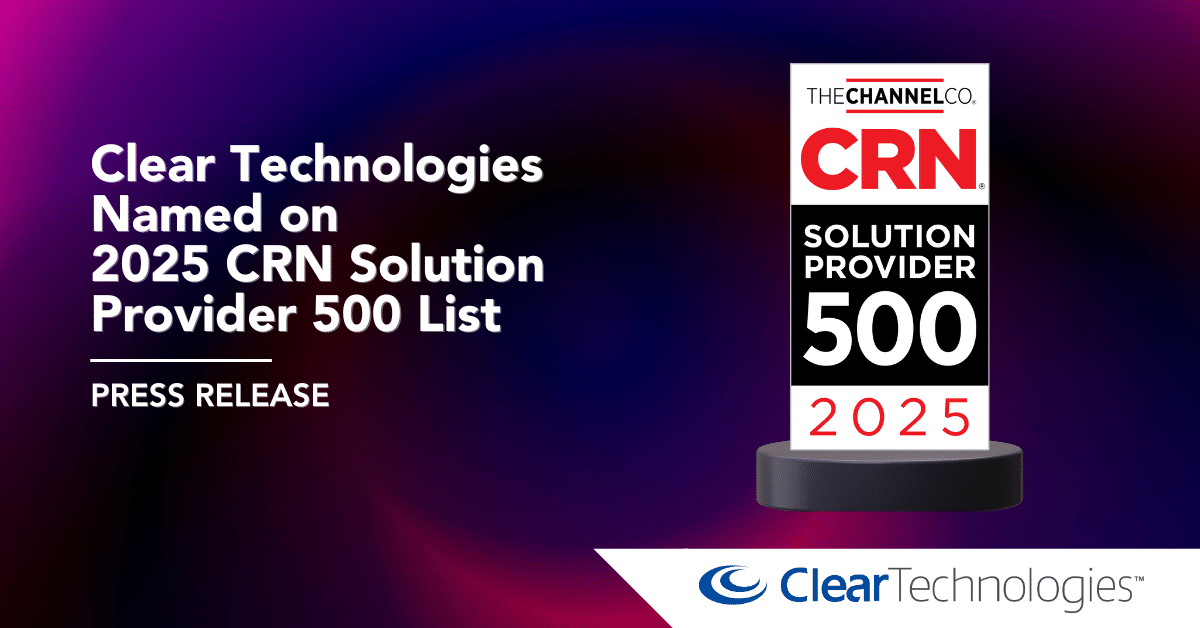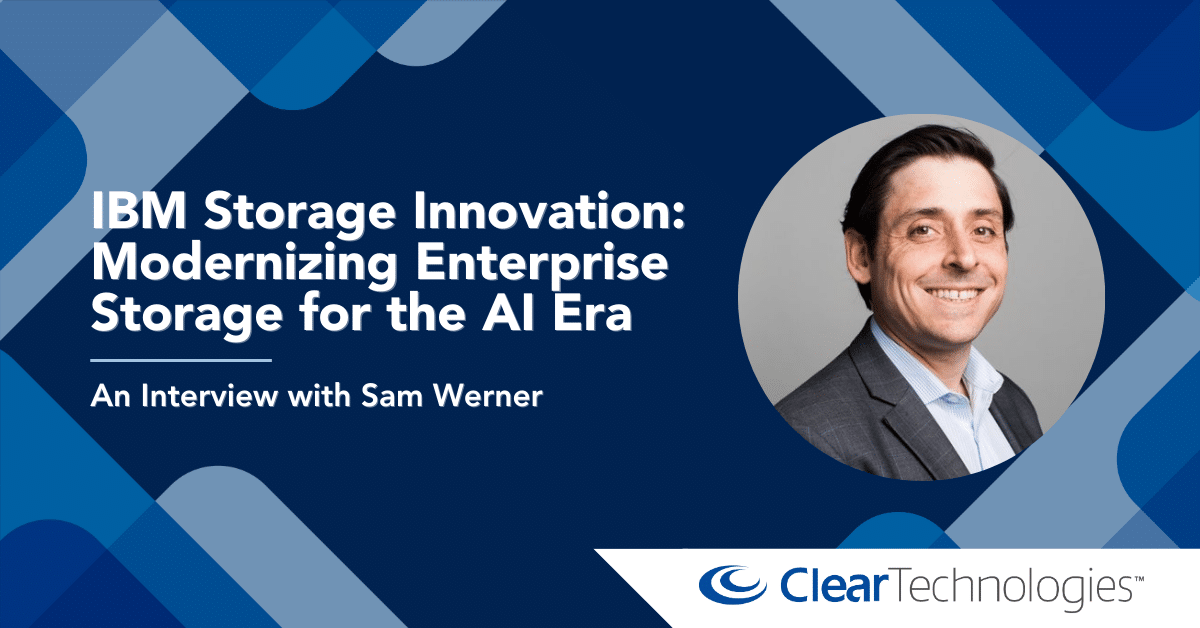Share this:
Posted in:
Uncategorized[fusion_builder_container hundred_percent=”no” equal_height_columns=”no” hide_on_mobile=”small-visibility,medium-visibility,large-visibility” background_position=”center center” background_repeat=”no-repeat” fade=”no” background_parallax=”none” parallax_speed=”0.3″ video_aspect_ratio=”16:9″ video_loop=”yes” video_mute=”yes” border_style=”solid” flex_column_spacing=”0px” type=”legacy”][fusion_builder_row][fusion_builder_column type=”1_1″ type=”1_1″ background_position=”left top” background_color=”” border_color=”” border_style=”solid” border_position=”all” spacing=”yes” background_image=”” background_repeat=”no-repeat” padding_top=”” padding_right=”” padding_bottom=”” padding_left=”” margin_top=”0px” margin_bottom=”0px” class=”” id=”” animation_type=”” animation_speed=”0.3″ animation_direction=”left” hide_on_mobile=”small-visibility,medium-visibility,large-visibility” center_content=”no” last=”true” min_height=”” hover_type=”none” link=”” first=”true”][fusion_text]
A Backup and Disaster Recovery (BU/DR) solution is a lot like car insurance; you hate paying the bill, but you’re sure glad you did when there’s an accident. And yet, many businesses still refuse to implement a proper data protection solution because they view it as an expense instead of an investment. After all, why pay for something that might never get used? However, with increasingly complex infrastructures, exponential data growth and rapidly growing cybersecurity threats, chances of data loss become more and more likely. That’s why it’s extremely important to understand the cost of implementing a BU/DR solution versus the price of not doing so.
Consider the following scenario:
- A water pipe bursts on a Sunday at 11 pm and floods the entire data center.
- Water damage completely destroys the primary server, the backup server and the tape library along with all its data storage media.
- There’s 1 TB of critical data under protection that’s backed up to an offsite tape library daily at 8:00 pm.
- The offsite location is 50 miles from the production site.
Without a proper BU/DR scenario, the recovery process will look a little like this:
- First, you’re going to have to replace the damaged equipment. This means contacting a hardware vendor and placing an order for new equipment that you hope can be sent overnight to your data center.
- Next, you’ll need to retrieve your offsite tapes. With a 50 mile round trip and the time it takes to actually collect and package the tape, this can probably be done while awaiting the new hardware.
- Then, you’ll have to install and configure the new equipment and ingest backup data from the tapes to your backup server.
- Once all that’s complete, you can restore data from the backup server to your primary server, test that everything is working correctly, and return to normal operations.
If you’re able to complete all this by 11:00am on Tuesday, you’ll have been down thirty-six (36) hours.
So what has that cost you? Well, if your business generates $1,000 of revenue per hour and it’s offline for 36 hours, you’ve already lost $36,000. That doesn’t even factor in the hardware replacement costs which could be anywhere from $5,000 to $10,000. Then there are the man hours involved in standing up and restoring the infrastructure.
This means being down for a day-and-a-half can cost your business well over $50,000. And that doesn’t even factor in potential loss of customer due of damaged credibility.
The time it took to bring your business back online was thirty-six hours! This is commonly known as the recovery time objective (RTO) and most modern business try to get that number down to an hour. For a business today to be offline for a day-and-a-half is absolutely intolerable!
Another important metric is recovery point objective (RPO), which is the time between backups. In our example, the RPO would be 3 hours, since the most recent backup was at 8 pm. This means any data created after 8 pm would be lost.
Today’s backup and disaster recovery systems can offer very low RTO and RPO at an extremely cost effective price. If you find that your current backup strategy does not meet your RTO and RPO needs, there are many solutions available today that can resolve that issue. Carbonite Server, for example, offers RTO and RPO measurable in minutes rather than hours or days.
So when evaluating a new data protection solution, consider the price of downtime instead of the cost of the solution. A little investment up front may can save you a lot of pain down the line!
[/fusion_text][/fusion_builder_column][/fusion_builder_row][/fusion_builder_container]



